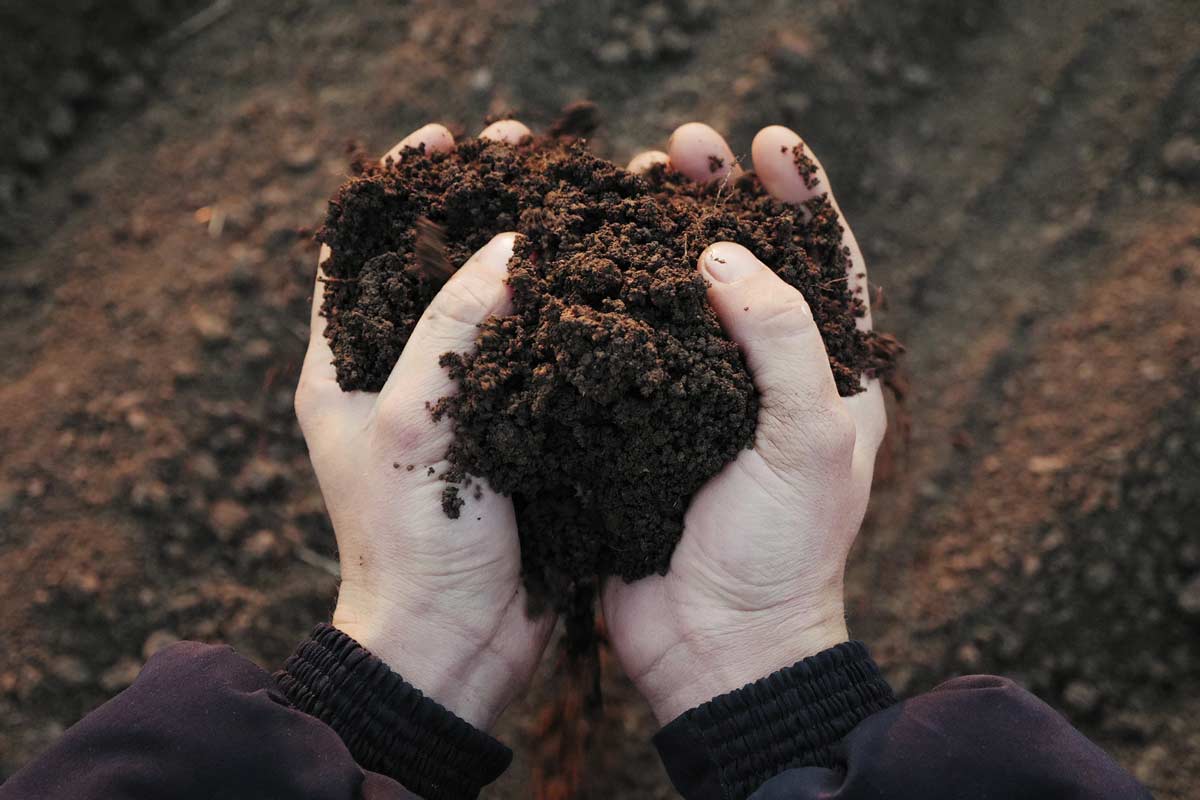How it Works: Preen Garden Weed Preventers
Here's how our Garden Weed Preventers prevent weeds before they even sprout rather than killing them after they’ve already had the chance to grow.

Testing your soil will allow you to determine whether your soil is ready for planting, or if you have to make any improvements. Dmytro Diedov / iStock / Getty Images Plus
Few gardens start out with good soil. Depending on your location, you could run into soil with sand, clay, rocks, or shale. If you don’t take time to test and analyze your soil, these natural elements could be detrimental to your plants. Take the time to assess your soil, and if necessary, take action in advance of this year’s plantings.
When analyzing your soil, it should be analyzed on two levels – nutrition content (determining whether plants have the nutrients they need) and drainage ability (so roots don’t dry out or rot from excess moisture). Try any one of these at home soil testing techniques to determine how you can improve your soil ahead of the planting season.
A pH test measures how acidic or alkaline your soil is. The results tell you what kind and how much fertilizer you need (if any) and whether you ought to acidify or make the soil more alkaline to make your plants successfully grow and absorb nutrients.
Do-it-yourself test kits are available at most county extension offices and many garden centers for $10-$20.
A drainage test lets you know about your soil texture, as well as how well it drains. A fun way to test drainage is by doing the ‘squeeze test’:
Dig a test hole about as big as one of the rootballs of the plants you plan to plant. Fill the hole with water and let it drain for 24 hours. Then fill it again and watch how many inches it drains per hour. If it’s not going down by at least one inch per hour, you have some “uncompacting” to do.
If you complete any of these tests and you find your soil is less than perfect, there are ways that you can improve it. Try any of these options to adjust your soil and better your chances for a successful growing season.
If you do a pH test, and your soil is:
If the texture of your soil is bad, add compost! You can create your own or you can purchase compost at most garden centers, nurseries, and home improvement stores. Whether sandy or full of clay, the organic matter in compost will help your soil by improving drainage and adjusting the texture of your soil. It breaks up compacted clay and subsoil and adds water-retaining organic particles to counteract the too-fast drainage of sand.
Working two to three inches of compost into the top 10 or 12 inches of loosened soil is usually enough to make a vast improvement. The addition of compost also results in slightly raised beds, creating excellent planting conditions for most plants.